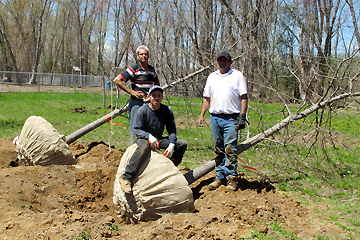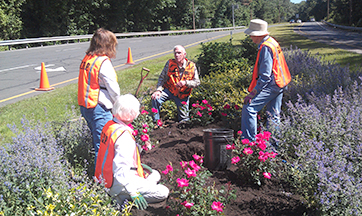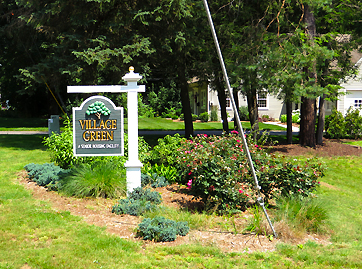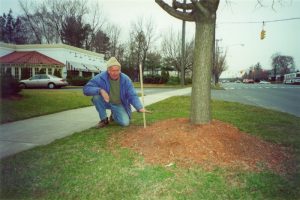The Firehouse structural renovations are just about completed. We are looking for help from two small groups of about six … Read the rest
Author: GPIP - Glastonbury Partners in Planting
2018 Spring Planting Dates
2018 Spring Planting Dates
Buckingham Park
Sat April 28 @ 9:00a [Rain date 5/5]
Contacts: Cheryl Hanley 860.633.8742
Nancy Janchill … Read the rest
Partnering with the Historical Society
Glastonbury Partners in Planting has worked with the The Historical Society of Glastonbury on many occasions. The first was a … Read the rest
GPIP Receives a $22,400 Grant
 26 large pin oaks, pears, tupelos, maples and other trees now grace Glastonbury streets thanks to a grant from the … Read the rest
26 large pin oaks, pears, tupelos, maples and other trees now grace Glastonbury streets thanks to a grant from the … Read the rest
New Roses at the Median Gardens
 A few of the dedicated Median Gardens volunteers learned the best way to plant roses from GPIP member Bruce Lester, … Read the rest
A few of the dedicated Median Gardens volunteers learned the best way to plant roses from GPIP member Bruce Lester, … Read the rest
Beware the Beasts in Your Backyard
– Adult Ed. Course a Great Success
In May 2014, GPIP partnered with the Adult & Continuing Education department to … Read the rest
Partnering with the Land Heritage Coalition
We are excited to announce that Land Heritage Coalition has offered to partner with us when we do battle with … Read the rest
Village Green Newly Landscaped
 Renovation of the older Village Green apartments was finally completed in 2013. GPIP Board members Bob Shipman and Deborah Kent … Read the rest
Renovation of the older Village Green apartments was finally completed in 2013. GPIP Board members Bob Shipman and Deborah Kent … Read the rest
Plant and Landscape Resources
Helpful Links
-
State of Connecticut Department of Environmental Protection
-
University of Connecticut College of Agriculture and Natural Resources
Organizations
… Read the restMulching around Trees
Your Community Beautification Committee brings you this timely gardening tip.
By Bob Shipman and Della Winans
 You must have seen … Read the rest
You must have seen … Read the rest
